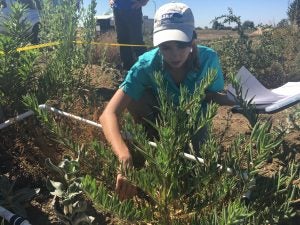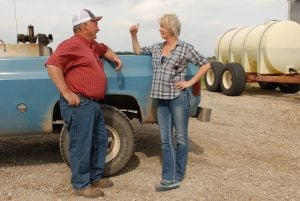 My first impression of Len Corzine was that he isn’t the kind of guy who sits back and waits for people to bring him ideas on how to innovate or improve stewardship – he actively searches for them himself. He then shares these ideas with peers and colleagues.
My first impression of Len Corzine was that he isn’t the kind of guy who sits back and waits for people to bring him ideas on how to innovate or improve stewardship – he actively searches for them himself. He then shares these ideas with peers and colleagues.
When I visited Len’s farm in Assumption, Illinois, five years ago, I immediately saw that Len was an early adopter of tools and technologies to help him grow more with less. Like a kid with a brand new bike, Len could not wait to show me the computer software he was using for soil samples and variable rate application of nutrients, or the maps that helped guide his every decision.
To date, Len’s farm has reduced soil erosion, cut fertilizer use per bushel by half, and adopted satellite-guidance technology in its tractors to reduce fuel and chemical use. All while yield productivity has increased 80 percent. Read More
















 Yesterday, U.S. Department of Agriculture Secretary Sonny Perdue announced a
Yesterday, U.S. Department of Agriculture Secretary Sonny Perdue announced a  The U.S. Senate will confirm the Secretary of Agriculture today, empowering former Georgia Governor Sonny Perdue to lead an agency with a $155 billion budget, some 100,000 employees and ultimate responsibility for our nation’s food security.
The U.S. Senate will confirm the Secretary of Agriculture today, empowering former Georgia Governor Sonny Perdue to lead an agency with a $155 billion budget, some 100,000 employees and ultimate responsibility for our nation’s food security. Despite growing up without any real interest in conservation or farming, I now spend every working day knee deep in agricultural policy – and I love it.
Despite growing up without any real interest in conservation or farming, I now spend every working day knee deep in agricultural policy – and I love it.